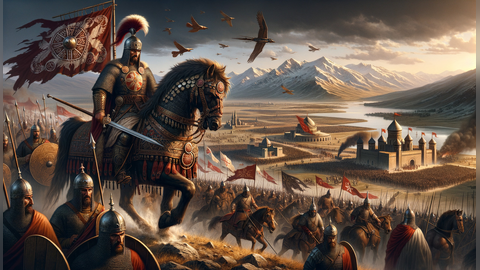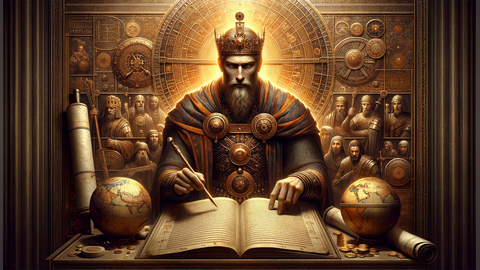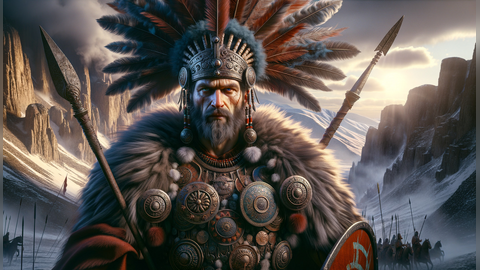Consolidation of Hunnic Territory in the Danube Basin
Attila managed a vast region which served as the base for his operations. This consolidation allowed for strategic control and resource mobilization across his domain.
Subjugation of Various Germanic Tribes
Under Attila, the Huns subdued Germanic groups like the Ostrogoths, Visigoths, and Vandals. This expansion showcased his dominance over the tribes of Europe.
Diplomatic Influence Across Europe
Attila maintained active diplomatic connections with the Romans, Persians, and barbarian tribes. This network extended his influence beyond warfare into political spheres.
Attila’s Death (453 AD)
He died under mysterious circumstances on the night of his wedding to young Ildico. His death ended the might of the Hunnic Empire and sparked intrigue and legends.
Division of the Empire Among His Sons
Attila’s death led to the division of his empire among his sons, which contributed to its eventual decline. This fragmentation demonstrated the challenges of succession and power distribution.
Formation of the Hunnic Code
Attila was instrumental in establishing a code of laws to govern his diverse empire. This embodiment of legal constraint was innovative for his dominion's stability.
Promotion of Military Tactics
Attila's use of cavalry and military strategies had a profound impact on European warfare. His tactics influenced military doctrines and practices in subsequent generations.
Economic Exploitation of Conquered Territories
Attila levied hefty tributes on the Roman Empire, enriching his domain. These resources bolstered his military campaigns and fortified his economic base.
Cultural Impact and Legacy
Attila's legacy persisted through European history and culture, inspiring legends, myths, and analysis. His life and exploits continue to captivate historical narratives.








